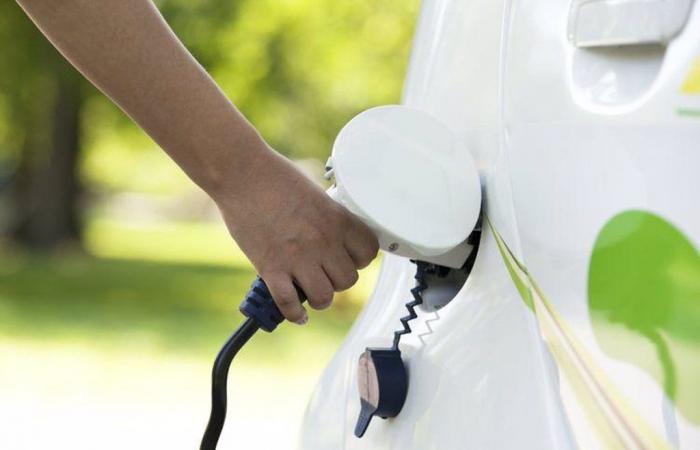Despite a notable slowdown in the electric vehicle (EV) industry in 2024, significant progress has been made in its adoption over the past decade.
Research by Finbold, using data from the International Energy Agency (IEA), found that global demand for electricity derived from the use of electric cars skyrocketed by 3,630.77%, from 2,600 gigawatt hours (GWh) annually in 2013 to 97,000 GWh in 2023.
Furthermore, projections based on the Stated Policy Scenario (STEPS), which uses current trends and planned policies, indicate that global electricity demand from the adoption of electric vehicles will increase by another 631.96% by 2030, reaching 710,000 GWh.
China leads energy demand for electric vehicles
As can be deduced from the strong sales figures provided by Chinese electric and hybrid vehicle manufacturer BYD Company Limited, the People’s Republic of China has been increasingly taking the lead in terms of energy demand related to electric vehicles.
In fact, in 2013, the country needed 470 GWh to power its electric cars, while, in 2023, the figure increased to 38,000 GWh. Furthermore, by 2030, China is expected to account for 32.39% of global electricity demand for electric vehicles, with 230,000 GWh.
Although the country experienced the largest increase in demand in absolute terms between 2022 and 2023 (from 23,000 GWh to 38,000 GWh), in relative terms, the year with the greatest impact was 2014, as demand skyrocketed by 142.42%. .
However, China is a relative laggard considering its vast population, as the average per capita electricity demand related to electric vehicles stood at 0.00002695 GWh (26.95 kWh) in 2023.
The United States is expected to recover in 2030
The United States, which led the way in 2013 with annual electricity demand of 560 GWh, has fallen behind in recent years and is the only one of the three main regions examined to have experienced negative growth in 2020.
In fact, by 2023, electric vehicle-related electricity demand in the United States has increased to 22,000 GWh, which, while a massive increase from 7,200 GWh in 2022, places the country behind China (38,000 GWh ) and Europe (29,000 GWh). respectively.
However, in per capita terms, the United States continues to lead. Its demand relative to population amounted to 0.0647 GWh (64.7 kWh) the previous year.
In comparison, per capita demand in Europe (implicitly defined on the IEA website as all non-microstate countries whose continental territories lie entirely on the European continent, as well as Turkey) amounted to 0.04342 GWh (43.42 kWh) in 2023.
Additionally, the United States is projected to reach parity with China by 2030, as its demand for electricity driven by EVs is projected to reach 230,000 GWh.
Adoption of electric vehicles alone is not enough
Another way to frame the significant levels of EV adoption is the reduced need for oil derived from people driving electric cars.
Using gross conversion (one barrel of oil is enough to produce approximately 1,700 kWh of electricity), the current electricity demand from electric vehicles is equivalent to approximately 57 million barrels of black gold per year.
Given the projected increase in electric car needs, this figure will rise to almost 420 million barrels by 2030.
The International Energy Agency estimates an even greater impact, putting oil displacement due to the adoption of electric vehicles at 255 million barrels in 2023 and projecting it at 2,847 million in 2030.
Still, it is worth remembering that it is estimated that the world will have burned about 37 billion barrels of oil in 2023 and more than 11 billion for road transport.
Investments
Furthermore, electric vehicles themselves are far from the complete solution. Much of the electricity produced to power electric vehicles continues to be generated by burning fossil fuels, and the extraction of lithium (a key material used in the production of lithium-ion batteries) remains a highly controversial topic.
However, the IEA’s 2023 report indicates that investments in clean energy, such as solar, have decisively surpassed investments in fossil fuels.
When combined with other potential energy sources, such as nuclear fusion, exemplified by the International Thermonuclear Experimental Reactor (ITER), electric vehicles are likely to have an even greater impact.






